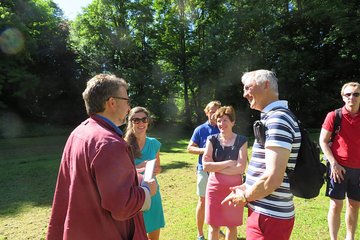A:
Visit the cathedral, a Gothic masterpiece which was completed in the 16th century. The needle-thin spire is known as Butter Tower, and was funded by the sales of butter during Lent. Rouen’s art scene is thriving, and the Beaux-Arts Museum is particularly worth a visit, with a large collection of works by Monet, among others.




















